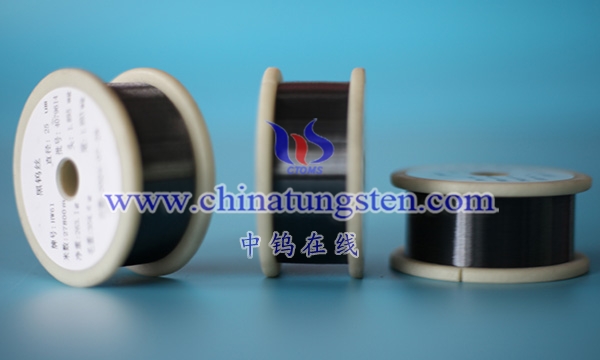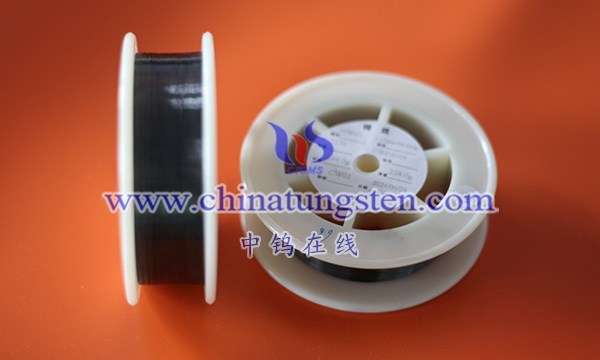Tungsten wire for textiles weaving gloves and nickel wire have significant differences in high temperature resistance, mainly reflected in melting point, oxidation resistance and application scenarios. The following is a comparison of the two in terms of high temperature resistance:
- Melting point
Tungsten wire: Tungsten has a very high melting point of about 3422°C, the highest of all metals. This allows tungsten wire to maintain its structure and performance at extremely high temperatures, making it an ideal material for extreme high temperature environments.
Nickel wire: Nickel has a lower melting point of about 1455°C, which is higher than most common metals, but much lower than tungsten. Therefore, the heat resistance limit of nickel wire in high temperature applications is not as good as tungsten wire.

- Oxidation resistance
Tungsten wire: Tungsten is easily oxidized at high temperatures, especially in air. Therefore, tungsten wire usually needs to be used under inert gas or vacuum conditions in high temperature environments to prevent damage caused by oxidation.
Nickel wire: Nickel has good oxidation resistance at high temperatures and can form a dense nickel oxide protective film to prevent further oxidation. Therefore, nickel wire is more resistant to oxidation in high temperature environments and is suitable for applications that need to be exposed to high temperature air.
- Mechanical properties in high temperature applications
Tungsten wire: Tungsten wire still maintains high strength and hardness at high temperatures and is suitable for environments that need to withstand high temperatures and high stresses, such as high-temperature heating elements, braided mesh in vacuum furnaces, etc.
Nickel wire: Nickel wire also has good strength and toughness at high temperatures, but its mechanical properties may decrease at extremely high temperatures compared to tungsten wire. However, due to the oxidation resistance of nickel, it is more stable in long-term use at high temperatures, especially in oxidizing environments.
- Applications
Tungsten wire: Suitable for braiding applications in extremely high temperature, inert or vacuum environments, such as spacecraft high temperature insulation mesh, vacuum furnace heating elements, special high temperature filter mesh, etc.
Nickel wire: More suitable for braiding applications in high temperature oxidizing environments, such as high temperature furnace heating elements, high temperature filters in the chemical industry, and oxidation-resistant high temperature resistor elements.

- Cost and processability
Tungsten wire: Tungsten wire has a high production cost and is difficult to process. It is usually used in high-end applications that require special high-temperature resistance.
Nickel wire: Nickel wire has a relatively low cost and better processability. It is widely used in industrial applications that require high temperature resistance and oxidation resistance.
Summary
Advantages of tungsten wire: Excellent strength and hardness at extremely high temperatures, but needs to be used under inert or vacuum conditions to avoid oxidation. Suitable for applications in extreme high temperatures and special environments.
Advantages of nickel wire: Good oxidation resistance at high temperatures, suitable for occasions that need to work in high-temperature air, and has advantages in cost and processability.
More details of tungsten wires, please visit website: http://tungsten.com.cn/tungsten-wires.html
Please contact CHINATUNGSTEN for inquiry and order of tungsten needles:
Email: sales@chinatungsten.com
Tel.: +86 592 5129595






